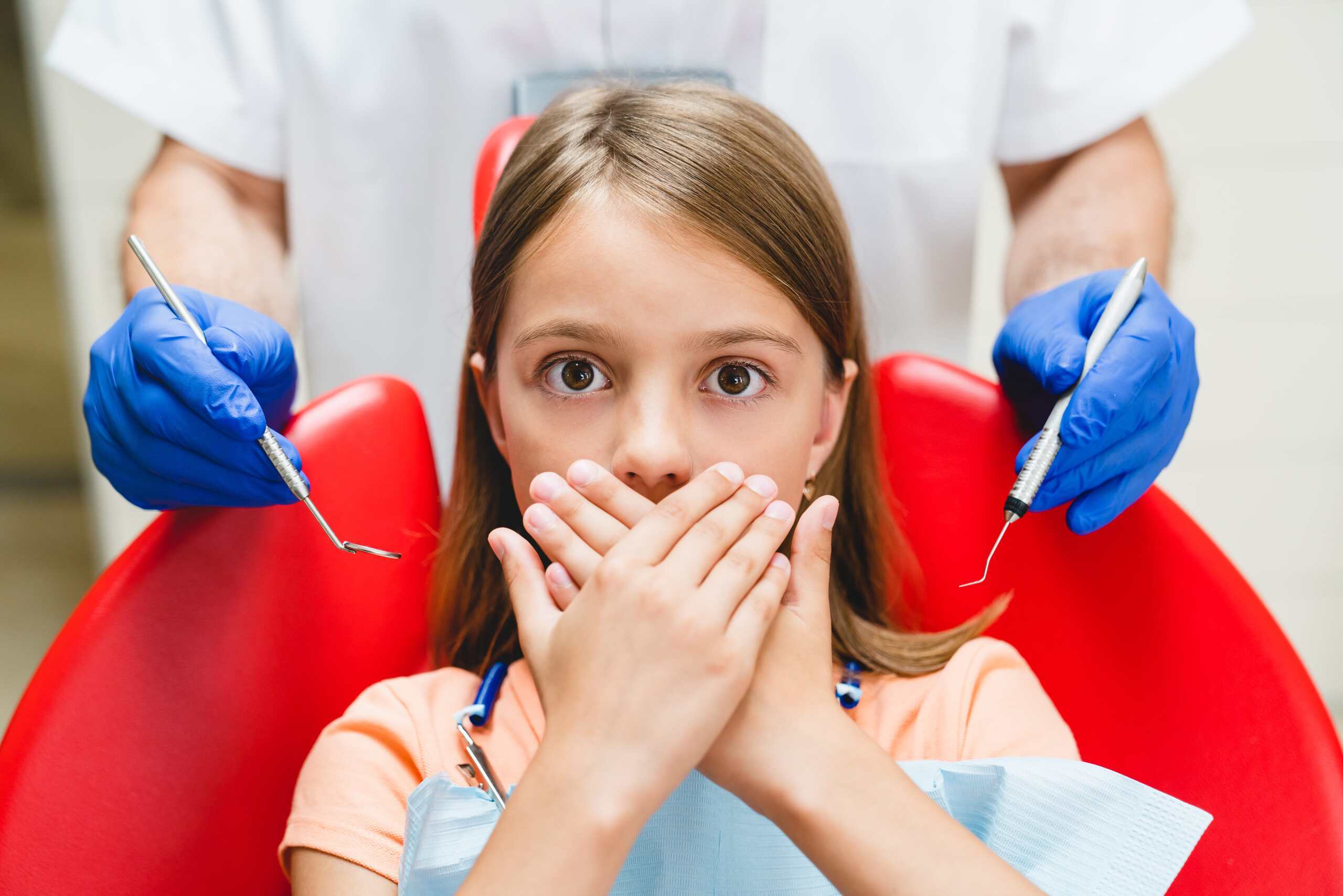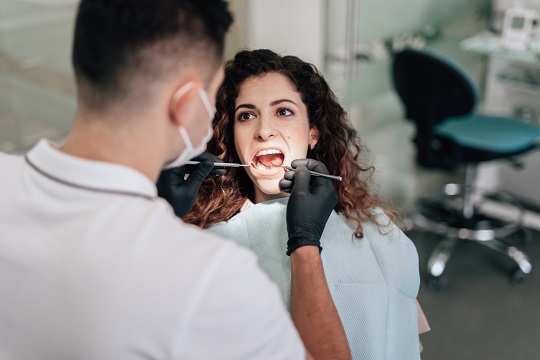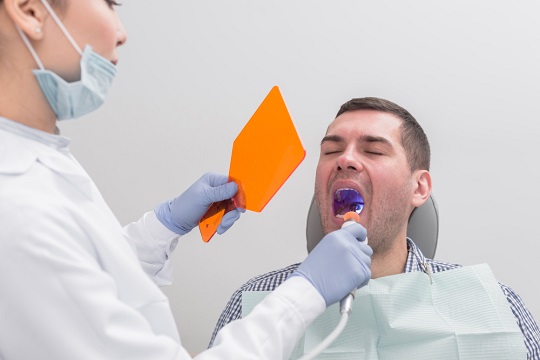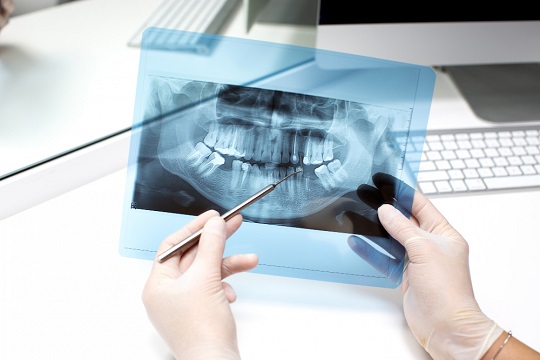The Importance of Business Cards for Dentists
As a dentist, you understand the importance of making a positive impression on your patients. From the moment they walk into your office, it’s crucial to establish trust and professionalism. While digital marketing has become increasingly popular, one traditional marketing tool that should not be overlooked is the good old-fashioned business card. In this blog post, we will explore the importance of business cards for dentists and why they are still relevant in today’s digital world.
Introduction to Business Cards
Business cards have been around for centuries, and for a good reason. They serve as a physical representation of your dental practice and a tangible reminder for potential and current patients. A business card is a pocket-sized advertisement that you can provide to anyone at any time, ensuring that your contact information is always within reach.
In today’s fast-paced digital era, you might be tempted to rely solely on digital marketing strategies, including websites, social media, and online advertisements. However, let’s not forget that not all patients have immediate access to the internet or may prefer a more personal touch. A well-designed and informative business card can make all the difference when it comes to attracting and retaining patients.
Establishing Professionalism and Trust
A professional business card reflects the image you want to convey to potential clients. A well-designed card can create a sense of trust and reassurance, letting your patients know that they are in capable hands. Quality design and printing techniques help to elevate your brand’s perception and set you apart from competitors.
When a potential patient receives your card, it immediately creates a sense of trust and legitimacy. They can perceive your dental practice as more reliable and established, even before their first appointment. A business card allows you to showcase your qualifications, experience, and professional affiliations, boosting your credibility and making patients feel more comfortable entrusting their oral health to you.
Essential Information on a Dentist’s Business Card
A business card serves as a communication tool between you and your patients. It should provide essential contact information that allows individuals to easily reach out when needed. Here are several key elements that should be included on a dentist’s business card:
1. Name and Title
Start with your full name and professional title, such as “Dr. John Doe, DDS.” This establishes your authority and expertise right from the start. Including your professional title gives patients confidence in your qualifications and can set you apart from other dental professionals.
2. Contact Information
This is the most critical piece of information on your business card. Include your phone number, email address, and website so that patients have multiple ways to get in touch. It’s important to ensure that all contact information is up to date and accurate.
3. Office Address and Directions
Including your office address helps patients easily locate your practice. If you have multiple locations or work in a shared office space, make it clear which specific location the card represents. Additionally, providing directions or landmarks can be beneficial for patients who may be unfamiliar with the area.
4. Opening Hours
Letting patients know your office hours can help them determine the best time to schedule their appointment. Consider including your regular hours, extended hours, or any special hours, such as weekends or evenings.
5. Specializations and Services
Highlighting your dental specialties and services can pique the interest of potential patients. Whether you specialize in cosmetic dentistry, orthodontics, or oral surgery, make sure to include this information on your business card. It can help patients understand the breadth of your expertise and what sets you apart from other dentists in the area.
6. Professional Affiliations and Certifications
If you are a member of any notable dental associations or have received specific certifications, display these affiliations on your business card. It builds trust and portrays you as a credible professional in the field.
Designing an Effective Dentist’s Business Card
When it comes to designing your business card, simplicity and professionalism are key. Your card should reflect your branding, incorporating your logo, color scheme, and any other visual elements that are consistent with your website and office design.
Here are some essential tips for creating an effective dental business card:
1. Clean and Easy-to-Read Design
Keep the design clean and clutter-free. Avoid using too many colors or elaborate fonts that may make the card difficult to read. Use a legible font and make sure the text is large enough for easy reading, especially for older patients who may have vision impairments.
2. Quality Printing and Paper
Investing in high-quality printing and paper is essential to leave a lasting impression. A flimsy or poorly printed card can reflect negatively on your dental practice. Consider using a thicker card stock and finishes such as matte or glossy to give your card a professional look and feel.
3. Include Your Logo and Branding
Consistency is key when it comes to branding. Incorporate your dental practice’s logo, color scheme, and other visual elements to create a cohesive look across all your marketing materials, including your business cards.
4. Use Both Sides of the Card
Don’t waste valuable space on your business card. Utilize both sides to provide more information, such as a map to your office, a list of services, or a patient testimonial. However, keep in mind that overcrowding the card can make it look cluttered, so balance the information accordingly.
5. Consider Unique Shapes or Embellishments
While maintaining a professional appearance, you can still make your business card stand out by using unique shapes or subtle embellishments. Rounded corners or a textured finish can add visual interest without compromising professionalism.
Distributing Your Business Cards Strategically
Once you have designed your business cards, it’s essential to distribute them strategically to maximize their impact. Here are a few ideas to help you get the most out of your new dental business cards:
1. Reception and Waiting Areas
Place a stack of your business cards at the reception desk or waiting areas in your office. This allows your current patients to take a few cards and refer their friends or family members to your practice.
2. Local Partnerships and Referrals
Collaborate with local businesses to distribute your cards. Partner with nearby pharmacies, medical clinics, or even hair salons to display your business cards to their customers. Offer to reciprocate by displaying their cards in your office.
3. Community Events and Trade Shows
Attend local community events, health fairs, or trade shows to network and distribute your business cards. These events provide an excellent opportunity to connect with potential patients face-to-face and create a lasting impression.
4. Direct Mail Campaigns
Consider including your business card with any direct mail campaigns or promotional materials you send out. This ensures that your card reaches the hands of potential patients who may not have visited your office yet.
5. Referral Incentives
Encourage your current patients to refer others to your practice by offering a referral incentive. Attach a few extra business cards to your referral flyers, reminding patients to share them with friends, family, or colleagues.
Conclusion
In today’s digital age, it’s easy to underestimate the power of a physical business card. However, for dentists, business cards remain an effective and essential marketing tool. A well-designed and informative business…





 How awful! A dental appointment keeping you up at night? Do you have cold sweats just thinking about it? Do you have knots in your stomach when you approach the door of your dentist’s office? You may then suffer from dental phobia.
How awful! A dental appointment keeping you up at night? Do you have cold sweats just thinking about it? Do you have knots in your stomach when you approach the door of your dentist’s office? You may then suffer from dental phobia. Whitening Kits Sold In Pharmacies
Whitening Kits Sold In Pharmacies Since childhood, you have visited your dentist every year for a routine dental checkup and cleaning. You don’t question the treatment plans recommended by your dentist and dental hygienist: you trust their expertise. But before your most recent visit, you read an alarming article about dental X-rays, and you refused to submit to it.
Since childhood, you have visited your dentist every year for a routine dental checkup and cleaning. You don’t question the treatment plans recommended by your dentist and dental hygienist: you trust their expertise. But before your most recent visit, you read an alarming article about dental X-rays, and you refused to submit to it.